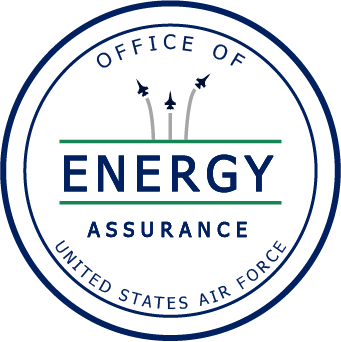Building Energy Solutions. Powering Mission Success.

The Department of the Air Force requires access to reliable, resilient energy to power installations and ensure mission success. The Air Force Office of Energy Assurance (AF OEA) faces energy challenges head on with impactful solutions that close energy resilience gaps and strengthen our nation's Air Force and Space Force installations at home and abroad. By leveraging the expertise of the energy community, AF OEA builds tailored energy solutions for each installation that are resilient, innovative, and cost-effective.